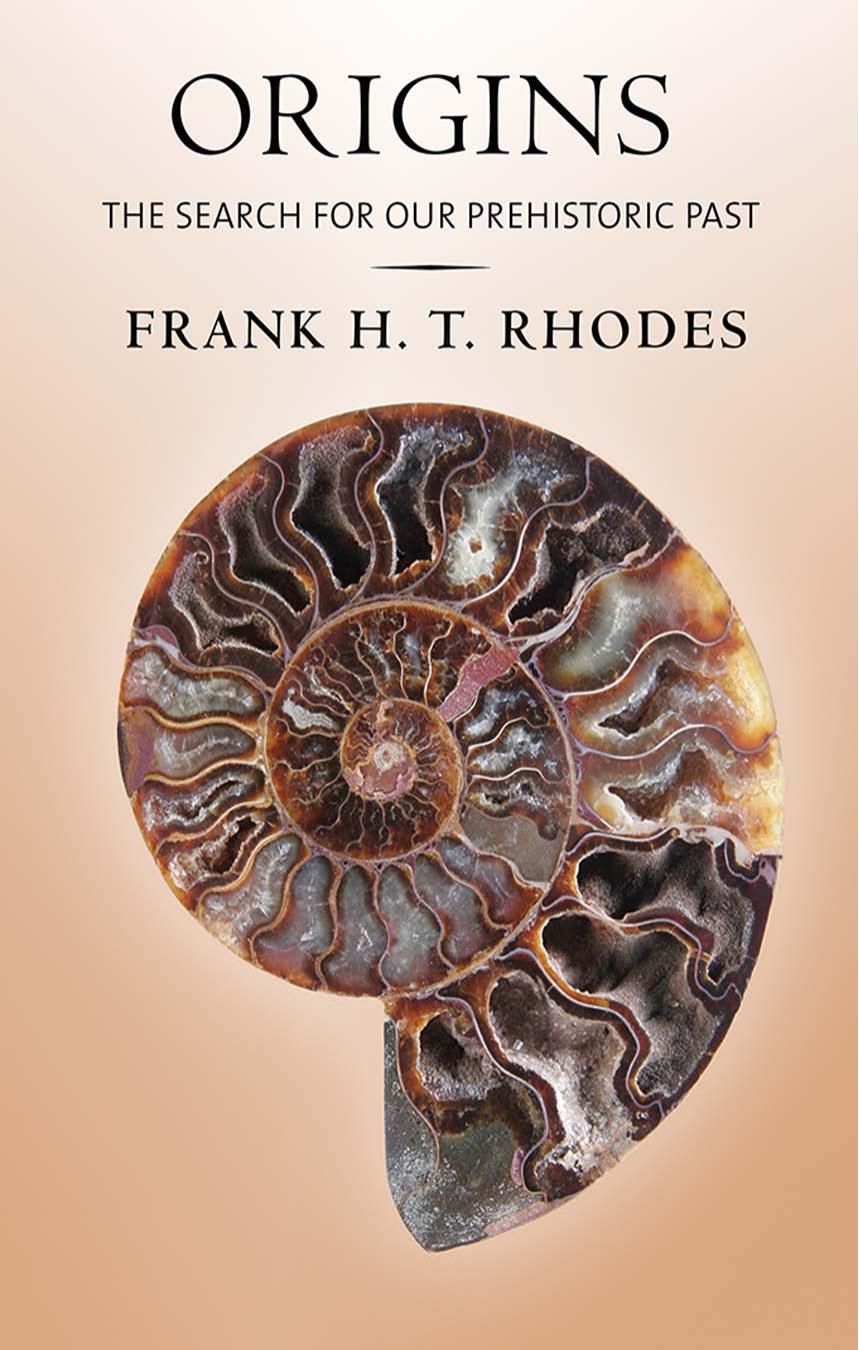Origins: The Search for Our Prehistoric Past by FRANK H. T. RHODES

Author:FRANK H. T. RHODES [RHODES, FRANK H. T.]
Language: eng
Format: epub, pdf
Tags: Zoology, General, Nature, Earth Sciences, Rocks & Minerals, Geology, Biology, Life Sciences, Paleontology, Fossils, Science
ISBN: 9781501706233
Google: -ZdIDwAAQBAJ
Publisher: Cornell
Published: 2016-07-28T13:51:38+00:00
Cenozoic Plants
To write of Cenozoic plants is to risk confusion, for the Cenozoic, the era of modern life, is based on characteristic fossil animals. Had it been based on fossil plants (the Cenophytic), it would, as we have seen, presumably have begun with the Cretaceous. Nevertheless, it remains true that Cretaceous and later plants were different in some respects from those of the Mesozoic. Most of these differences are rather minor, however, and are represented chiefly by the incoming of modern species. Many hundreds of species of Tertiary plants are known, and members of almost all genera show an increasing similarity to forms still living. Because of this similarity, the abundance of fossils, and the relatively short period of time involved, these fossil flora provide an unusually good opportunity to compare the distribution of present floral zones with those of the past. If we assume that the fossil species occupied broadly similar environments to those of their direct descendants, it becomes possible to reconstruct ancient floral zones. The general result is one of permanence, with change; permanence because floral zones undoubtedly existed in the Tertiary and appear to have been parallel to those still existing today; change because with changing climates the plants constituting the zones have constantly migrated back and forth. London, for example, was the site of great tropical forests in early Tertiary times, and the remains of these ancient plants are preserved in countless numbers in the London Clay. In the Pacific northwestern states of Oregon and Washington, the Tertiary Eocene strata yield abundant palms and other plants that today grow only in the wet and warm areas of Central America and southern Mexico. Beds of the same age in Alaska contain fossil plants more typical of present northern plants, such as maples, sequoias, poplars, willows, and birches. In the overlying Miocene rocks of Washington and Oregon, these drier, colder forms have replaced those of the Eocene, the more luxuriant fauna having moved southward.
Perhaps nowhere is this floral migration better shown than in the Pleistocene glaciation, when ice sheets of continental proportions advanced and retreated across the Northern Hemisphere in a series of climatic fluctuations. Very clear evidence is provided of major glacial advances gradually giving rise to interglacial periods in which varying groups of plants re-established themselves.
So far we have traced two aspects of Cenozoic floraâtheir increasing modernization and their changing distribution. One further factor remains: the spread of the grasses. Grasses are unlikely candidates for preservation as fossils. Occasional and authentic records exist of megafossil grasses in the Eocene, including flowers with pollen in the anthers. The pollen is very distinctive in grasses. It has a complex circular aperture with an extended inclusion called an operculum, with an annulus surrounding the opening; the wall ultrastructure is also distinguished by narrow channels.4 Mostly unauthenticated records of grasses exist in Late Cretaceous and Early Tertiary rocks, but they are generally absent. Recent studies suggest that they first became abundant in Miocene times, for their seeds are known in great numbers from the Miocene strata of the High Plains of Kansas.
Download
Origins: The Search for Our Prehistoric Past by FRANK H. T. RHODES.pdf
This site does not store any files on its server. We only index and link to content provided by other sites. Please contact the content providers to delete copyright contents if any and email us, we'll remove relevant links or contents immediately.
| Birds | Fish |
| Flowers | Insects & Spiders |
| Mammals | Regional |
| Reptiles & Amphibians | Rocks & Minerals |
| Stars & Planets | Trees |
Photographic Guide to the Birds of Indonesia by Strange Morten;(2489)
The Big Twitch by Sean Dooley(2386)
7-14 Days by Noah Waters(2361)
Tippi by Tippi Hedren(2184)
Identifying Birds by Colour by Norman Arlott(2161)
Birds of the Pacific Northwest by Shewey John; Blount Tim;(1924)
Raptors by Traer Scott(1575)
The Path Between the Seas by David McCullough(1567)
Bald Eagles In the Wild by Jeffrey Rich(1454)
Life on Earth by David Attenborough(1426)
Skin by Unknown(1368)
How to Speak Chicken by Melissa Caughey(1292)
Nest by Janine Burke(1247)
The Feather Thief by Kirk Wallace Johnson(1239)
Life List by Olivia Gentile(1168)
H Is for Hawk by Helen Macdonald(1161)
Birds of New York City by Cal Vornberger(1156)
An XL Life by Big Boy(1145)
RSPB Pocket Guide to British Birds by Simon Harrap(1135)
